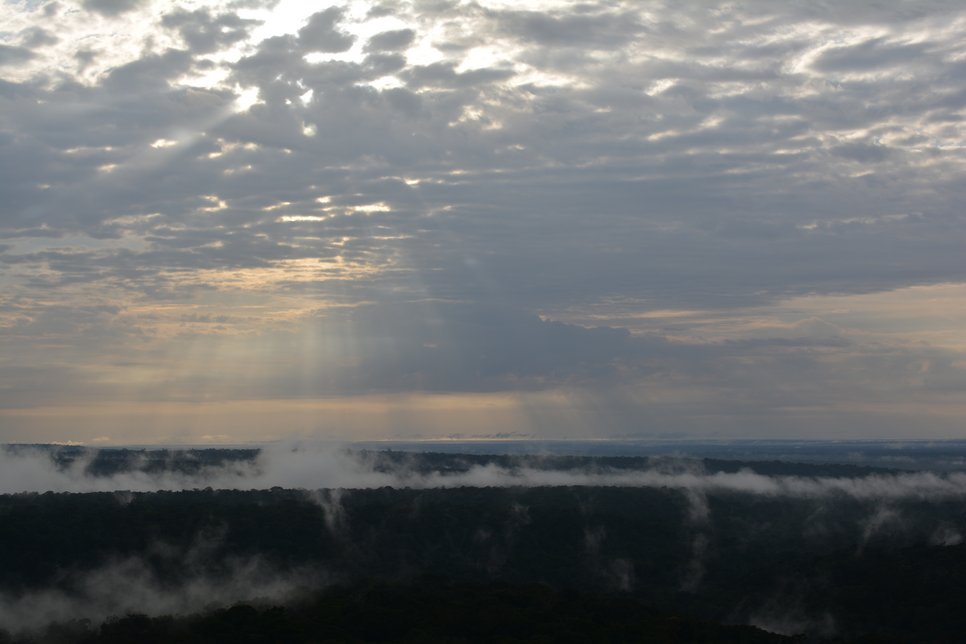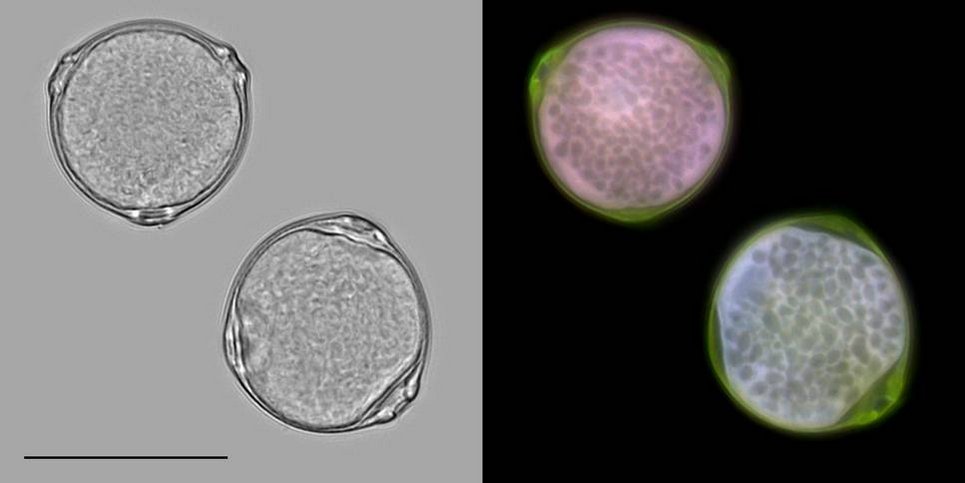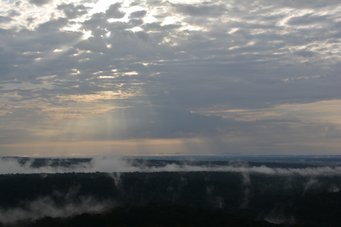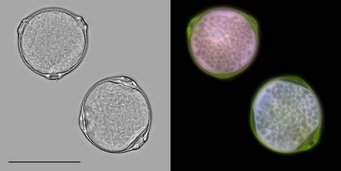Aerosol Analysis & Microscopy

Dr. Christopher Pöhlker, now at PTB Braunschweig
Atmospheric aerosols, which are a manifold mixture of airborne particles from various sources, play an important role in atmospheric, hydrological, and biogeochemical cycling. We investigate different facets of atmospheric aerosols in field and laboratory experiments. A key location for atmospheric research, in general, and our work, in particular, is the Amazon rain forest with its atmospheric state, oscillating between a very clean wet season and highly polluted dry season.
Key topics:
Aerosol research in the Amazon rain forest
We conduct aerosol research at the Amazon Tall Tower Observatory (ATTO) in central Amazonia, Brazil, in close collaboration with many Brazilian and international partners. Our research utilizes a wide range of online instruments for continuous observation as well as dedicated aerosol sampling for offline analysis. We seek to understand the role of aerosol particles in biogeochemical and hydrological cycling in this unique ecosystem, particularly related to two core questions:
- What have been the central aerosol-related mechanisms in biosphere-atmosphere exchange under pristine and, thus, pre-industrial conditions?
- To what extent have anthropogenic activities, such as land use change and massive aerosol emissions, changed crucial processes in the Amazon, and what are the consequences for the Earth climate system?
Further information on the ATTO project can be found here.

Bioaerosol analytics
Biological aerosol particles play important roles in biosphere-atmosphere exchange with respect to aerosol-cloud interaction, public health and ecology. Bioaerosols are a particularly challenging field from an analytical perspective due to their high diversity with respect to size, morphology, taxonomy, and metabolic state. We develop, characterize, and apply novel analytical strategies for bioaerosol quantification & identification.
Micro-spectroscopy on aerosol particles
We utilize different micro-spectroscopic techniques for the analysis of aerosol particles, such as fluorescence, electron, and Raman microscopy. A key technique in this context is scanning transmission x-ray microscopy with near-edge x-ray absorption fine structure (STXM-NEXAFS) analysis, which represents a powerful tool to study aerosol particle morphology and composition at high spatial and chemical resolution.

